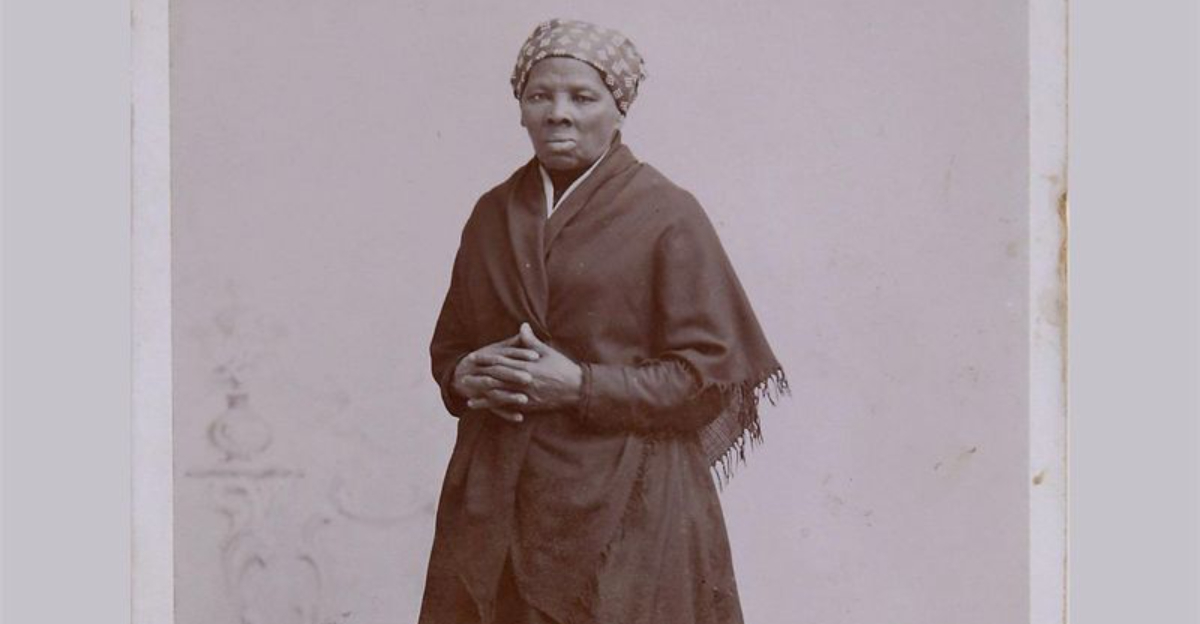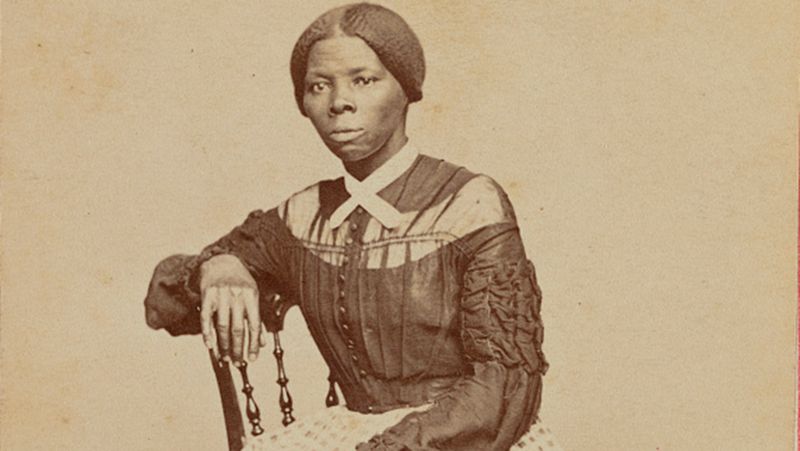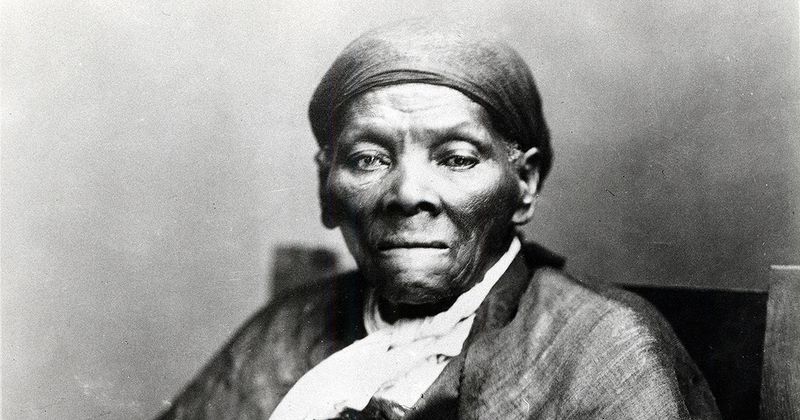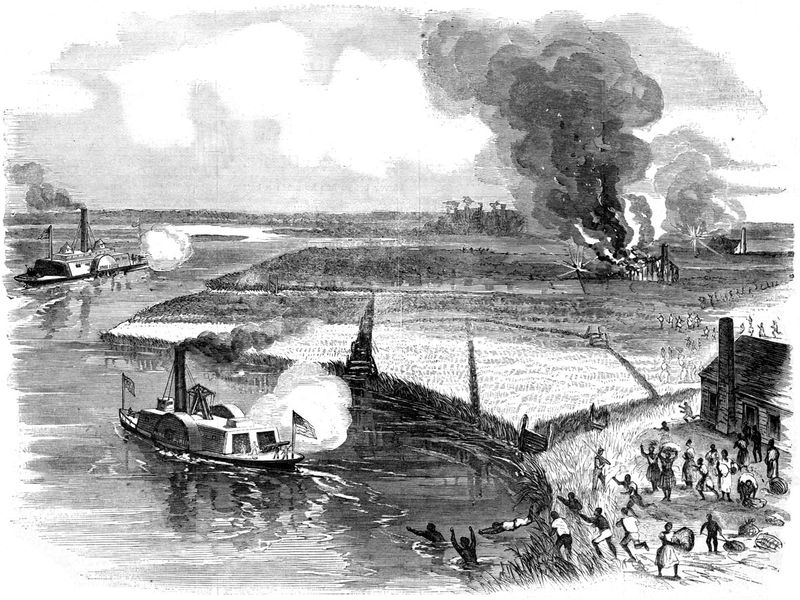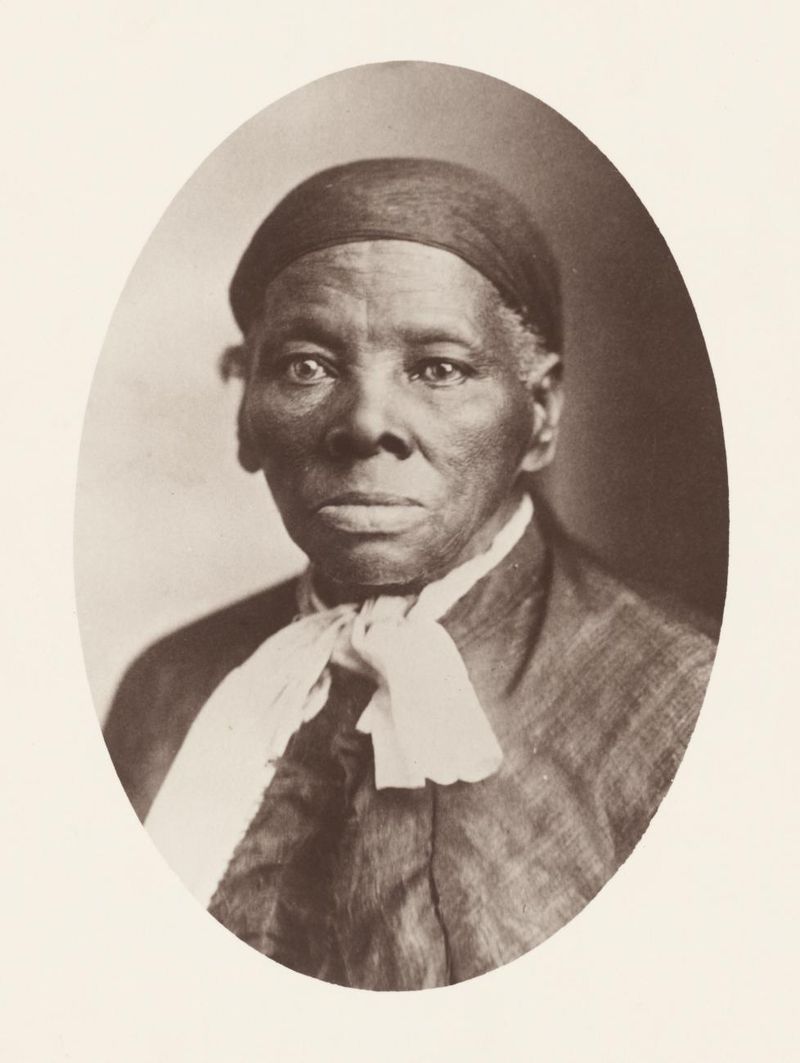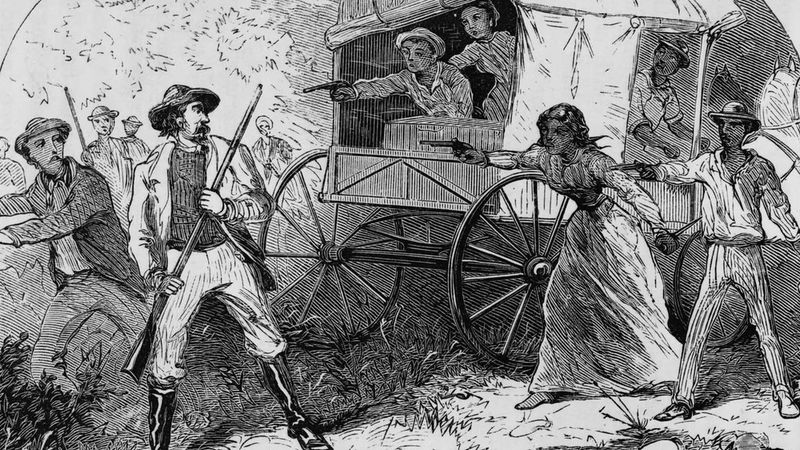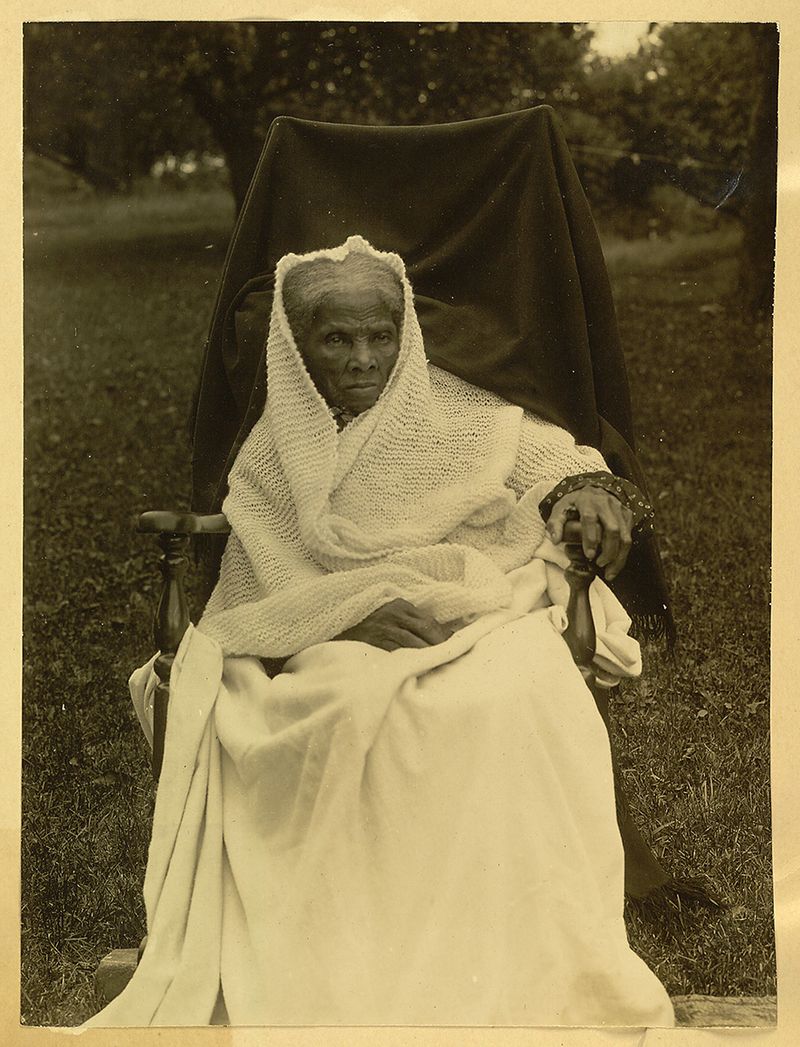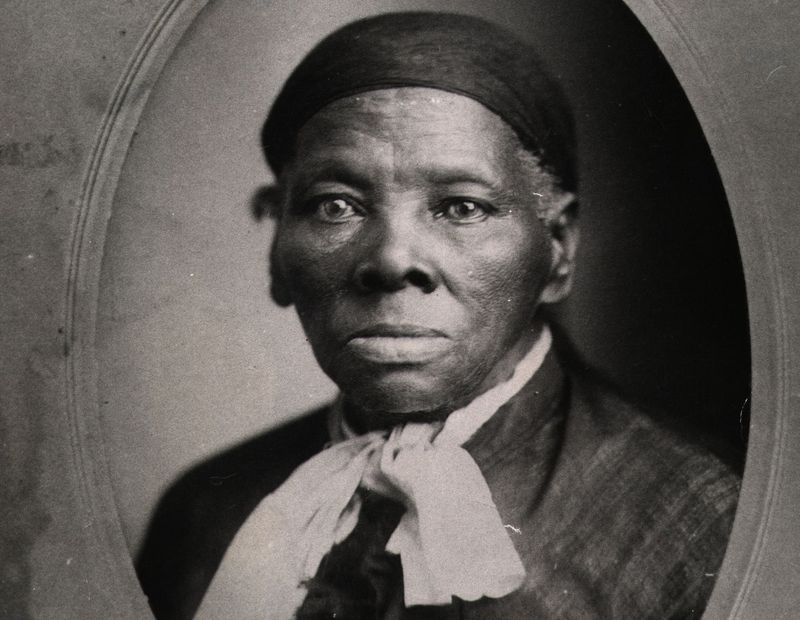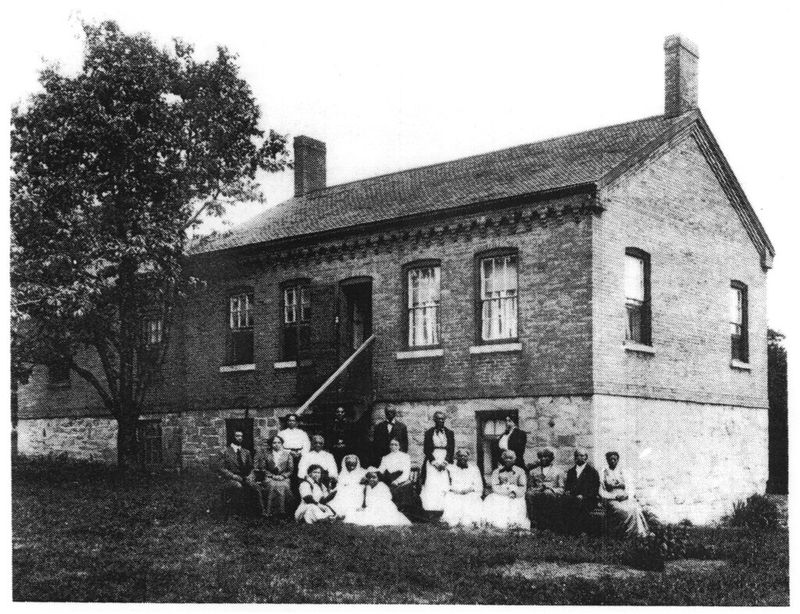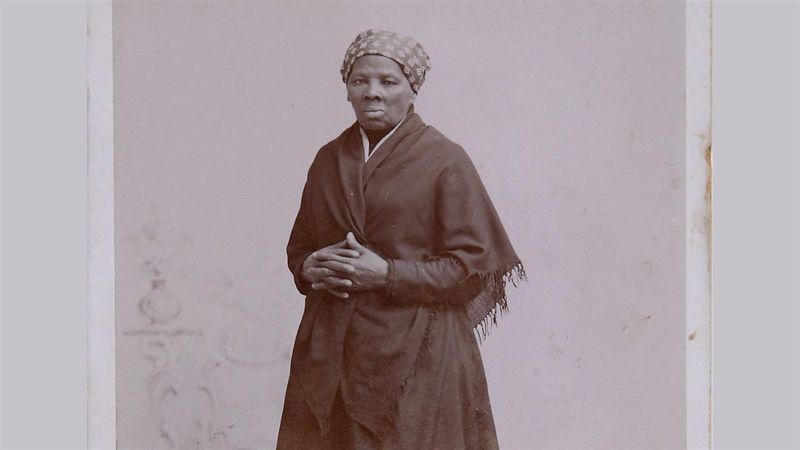Most Americans know Harriet Tubman as the brave conductor of the Underground Railroad who led enslaved people to freedom. But behind this familiar portrait lies a woman of extraordinary complexity and talent. Her life story contains surprising twists that reveal her to be even more remarkable than commonly taught in history books. These lesser-known aspects of her journey show just how truly revolutionary she was in her time.
1. Her Original Name Wasn’t Harriet
When she first drew breath in Dorchester County, Maryland around 1822, the world knew her as Araminta Ross. Friends and family affectionately called her “Minty” throughout her childhood years.
Only after escaping the bonds of slavery did she adopt the name we recognize today. She chose “Harriet” to honor her mother, Harriet Green, symbolizing both her family connection and her rebirth as a free woman.
This name change marked the beginning of her transformation from enslaved person to American hero, though she carried memories of her early identity throughout her remarkable life.
2. The Brain Injury That Changed Everything
As a teenager, Tubman survived a brutal attack that permanently altered her life. An overseer hurled a heavy metal weight at another enslaved person but struck young Harriet instead, cracking her skull and nearly killing her.
The injury left permanent scars—both physical and neurological. Throughout her life, she endured debilitating headaches, unexpected seizures, and periods of unconsciousness that could strike without warning.
Remarkably, she also began experiencing vivid dreams and visions, which she interpreted as divine messages from God. These spiritual experiences guided many of her most dangerous rescue missions.
3. She Never Lost a Single Passenger
The price on her head reached a staggering $40,000—equivalent to over $1 million today—yet Tubman continued her dangerous work without hesitation. Slave catchers published wanted posters with her likeness across the South, making each journey increasingly perilous.
Despite these overwhelming odds, she completed approximately 13 rescue missions, guiding more than 70 enslaved people to freedom in the North. Her perfect record stands as testament to her extraordinary skill and determination.
“I never ran my train off the track,” she later remarked, “and I never lost a passenger.”
4. Master of Disguise and Deception
Few know that Tubman was an exceptional actress and master of disguise. When the situation demanded it, she transformed herself into an elderly woman, hobbling along with a cane to avoid suspicion. Other times, she adopted male clothing, altering her posture and gait to pass as a man.
One of her cleverest tricks involved carrying live chickens during her journeys. The sight of a Black woman with poultry appeared so ordinary that it provided perfect cover for her clandestine activities.
These theatrical skills proved just as valuable as her courage, allowing her to operate in plain sight of those hunting her.
5. Union Army Spy Behind Enemy Lines
The Civil War transformed Tubman from fugitive to federal operative. Recruited by Union forces for her unparalleled knowledge of covert travel routes and woodland survival, she ventured behind Confederate lines gathering crucial intelligence.
Her espionage work required her to blend seamlessly into enslaved communities, collecting information about Confederate troop movements and defenses. She established a network of informants that provided tactical advantages to Union commanders.
Between reconnaissance missions, she served as a nurse, treating wounded soldiers with folk remedies she had learned during her years in Maryland. Her medical knowledge saved countless lives on the battlefield.
6. The First Woman to Lead an American Military Raid
History rarely acknowledges that Tubman broke military gender barriers decades before women could even vote. In June 1863, she became the first American woman to plan and lead a military assault—the daring Combahee River Raid in South Carolina.
Working alongside Colonel James Montgomery, Tubman guided three Union gunboats through Confederate waters using intelligence she personally gathered. The operation destroyed Confederate supplies and liberated over 700 enslaved people in a single night.
Military historians consider the raid a tactical masterpiece, yet Tubman received neither formal recognition nor compensation from the government for decades afterward.
7. Her Mysterious “Sleep Spells”
The severe head injury from her youth haunted Tubman throughout her life in unexpected ways. Without warning, she would suddenly fall into deep, unshakeable sleep episodes that could last for minutes or even hours—what modern doctors might diagnose as narcolepsy.
These unpredictable blackouts struck even during her most dangerous missions. Fellow Underground Railroad conductors recalled times when she would collapse mid-journey, forcing them to hide and wait for her to regain consciousness.
Remarkably, Tubman viewed these episodes not as a liability but as spiritual experiences, often claiming she received divine guidance during these mysterious states.
8. The Pistol She Always Carried
“Dead fugitives tell no tales.” This chilling logic guided Tubman’s controversial decision to carry a loaded pistol during rescue missions. The weapon served dual purposes—protection against slave catchers and motivation for frightened escapees.
When exhaustion and terror overwhelmed those she led, causing them to consider returning to slavery, Tubman would reportedly point her pistol and offer a stark choice: continue toward freedom or die on the spot. She understood that one person’s surrender could endanger everyone.
This ruthless pragmatism reveals the impossible moral calculations required in her work, where compassion sometimes meant unflinching toughness.
9. Champion of Women’s Voting Rights
Long after the Civil War ended and emancipation was won, Tubman embarked on a new fight for equality. Many history books omit her significant role in the women’s suffrage movement, where she worked alongside Susan B. Anthony and Elizabeth Cady Stanton.
At suffrage conventions, Tubman often shared her experiences, arguing that she had risked her life for freedom only to find herself still treated as a second-class citizen. “I have done a great deal of work; as much as a man, but did not get so much pay,” she declared.
Her advocacy linked racial and gender equality decades before intersectional feminism had a name.
10. A Hero Who Died in Poverty
Despite her extraordinary service to the nation, Tubman struggled financially throughout her life. The U.S. government refused to pay her military pension for decades, forcing her to survive on charity and odd jobs well into old age.
She petitioned Congress repeatedly for the compensation owed to her as a Civil War veteran. After a 30-year battle, she finally received a monthly pension of $20—but it was granted for being the widow of a veteran, not for her own military service.
This financial hardship makes her charitable work even more remarkable. Even while struggling to feed herself, she donated what little she had to causes she believed in.
11. Founder of a Home for the Elderly
In her later years, Tubman transformed her property in Auburn, New York into something extraordinary. Using the meager savings from her pension and donations from supporters, she established the Harriet Tubman Home for Aged and Indigent Colored People.
This remarkable achievement stemmed from personal experience. She had witnessed how former slaves, particularly the elderly, often had nowhere to go and no family to support them after emancipation.
The home operated on principles of dignity and community, providing not just shelter but a place where residents could live their final years with respect—something Tubman believed was essential to true freedom.
12. Her Story Was Almost Lost to History
For nearly a century after her death in 1913, Tubman’s extraordinary achievements faded from American consciousness. School textbooks reduced her complex life to a paragraph, while monuments and memorials honored Confederate generals instead.
The civil rights movement sparked renewed interest in her story, though often in simplified form. Historians have only recently begun uncovering the full extent of her military intelligence work, which remained classified long after her death.
The 2016 announcement that her image would replace Andrew Jackson on the $20 bill represented a significant, if delayed, national recognition. The redesign, originally scheduled for 2020, continues to face delays.
